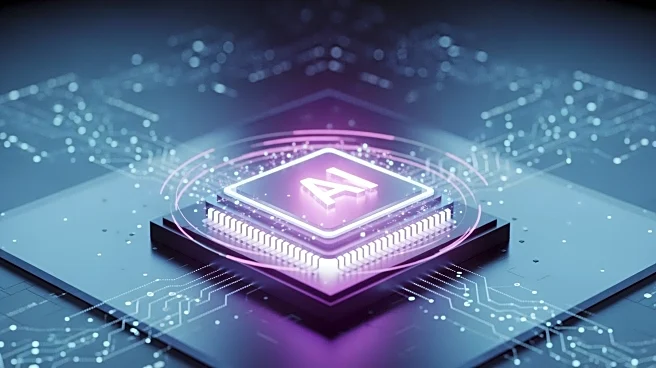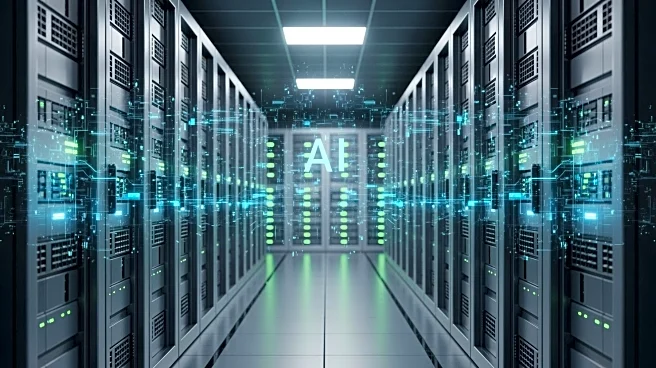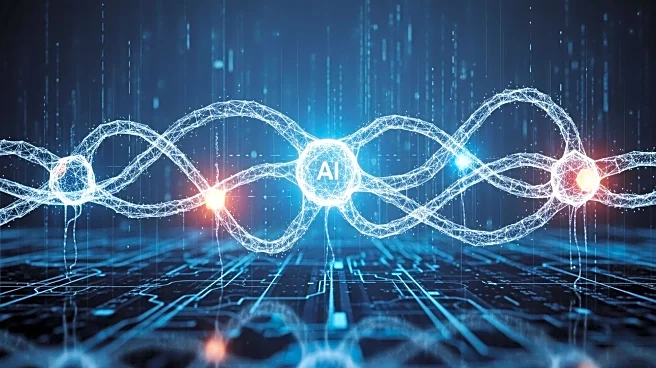What's Happening?
Communications service providers (CSPs) are increasingly adopting self-learning AI systems to manage the complexity of modern network operations. These systems move beyond rules-based automation to predictive,
self-improving operations, capable of learning from experience and acting proactively. By continuously ingesting telemetry across domains, self-learning architectures can detect correlations, predict failures, and identify effective interventions. This transition forms the foundation for autonomous network operations, enhancing efficiency and reducing downtime.
Why It's Important?
The shift to predictive AI in CSP operations represents a significant advancement in network management, offering improved efficiency and resilience. By automating routine tasks and predicting potential issues, CSPs can reduce downtime and enhance customer satisfaction. This transition is crucial for managing the growing complexity of virtualized networks and hybrid infrastructures, allowing CSPs to focus on strategic initiatives and innovation.
What's Next?
CSPs are expected to continue integrating self-learning AI systems into their operations, gradually transitioning from augmented to autonomous network management. This evolution will require robust architectural foundations and governance frameworks to ensure transparency and compliance. As AI systems become more sophisticated, CSPs will need to balance automation with human oversight to maintain trust and operational priorities.
Beyond the Headlines
The adoption of self-learning AI in network operations raises ethical and regulatory considerations, particularly regarding transparency and accountability. CSPs must address these issues to ensure compliance and maintain customer trust, while leveraging AI to drive innovation and efficiency.











